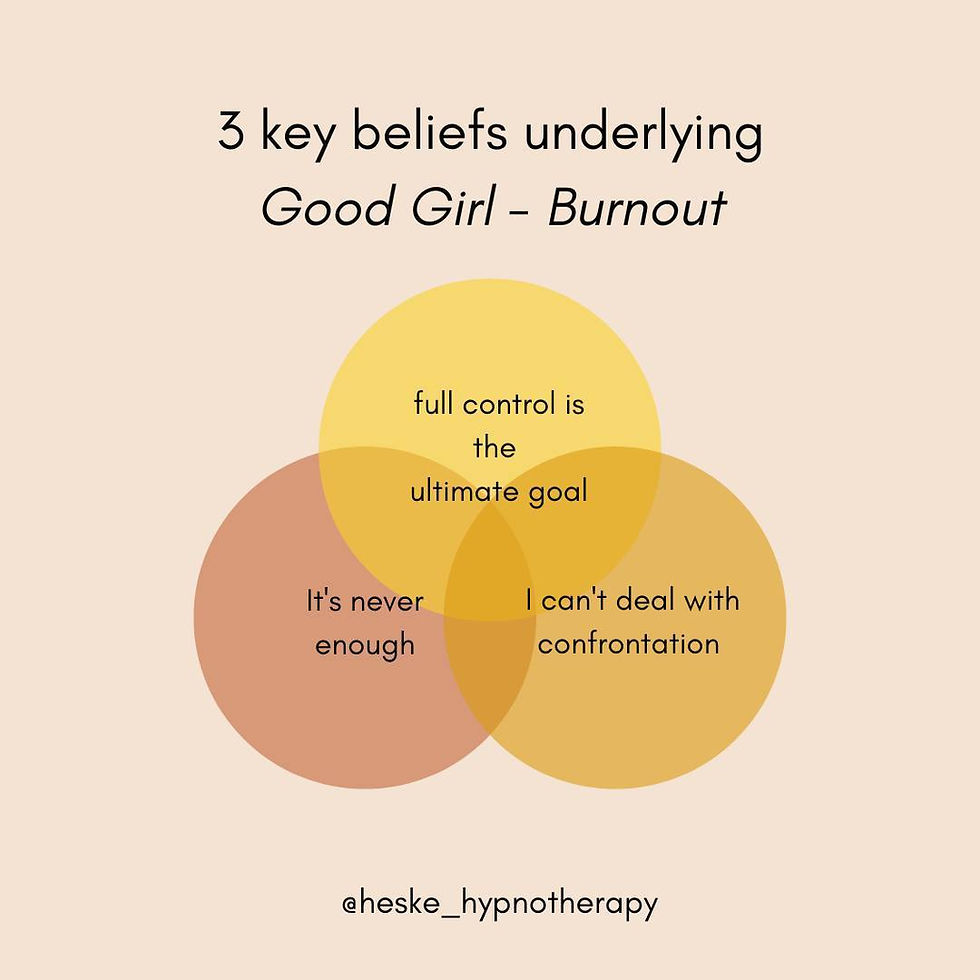Anxiety: What lies beneath
- Heske Ottevanger
- Nov 21, 2024
- 4 min read

Anxiety is a shared human experience—something nearly all of us have felt at one point or another. It’s that sense of unease that settles in your chest, a racing mind that won’t quiet down, or the butterflies in your stomach that somehow feel more like hornets. But while it’s common to think of anxiety as rooted in fear, the truth is, anxiety isn’t always tied to being afraid.
Anxiety is both a mental and physical experience. It’s a dynamic interplay between the mind and the body, and its causes often run deeper than we realize. While fear—a response to an immediate, identifiable threat—is one trigger for anxiety, it is by no means the only one.
Anxiety as a Physical Experience
Our bodies are wired to react to stressors with a “fight-or-flight” response. This system evolved to protect us from dangers like predators or natural threats. But in today’s world, our bodies can misfire these alarms over things that are less life-threatening, such as looming deadlines, difficult conversations, or even social situations.
Sometimes, anxiety arises because our body senses something is out of balance. Poor sleep, caffeine overload, hormonal changes, or even low blood sugar can send signals to the brain, triggering anxious feelings. These sensations aren’t always connected to a specific fear—they can be the body’s way of saying, “Something’s not quite right.”
Anxiety as a Mental Experience
On the mental side, anxiety can stem from thoughts and beliefs that may not be fear-based. It could be tied to uncertainty about the future, overthinking past mistakes, or even an overload of responsibilities. These feelings of overwhelm are not necessarily rooted in being afraid but in grappling with how much is on your plate or navigating a sense of not being in control.
Sometimes, anxiety is fueled by excitement or anticipation. Think about the nerves you feel before a big event like a wedding or a presentation. You’re not afraid, but your mind and body are reacting as if something monumental is about to happen.
The Connection Between Mind and Body
Anxiety blurs the line between the mental and physical. A racing heart can make your thoughts spiral, and negative thoughts can trigger physical symptoms like shallow breathing or a tense stomach. This loop is why anxiety can feel so overwhelming—it’s not just “in your head” or “in your body.” It’s everywhere.
Understanding that anxiety isn’t always fear-driven is key to managing it. It’s about recognizing that your body and mind are reacting to something, even if it’s not an immediate danger. This perspective allows us to respond with curiosity instead of judgment. The point where mind and body connect is called the sensation. These sensations have a signaling function to help us access the feelings and beliefs underlying it.
Coping with Anxiety: Come back to baseline
If you’re feeling anxious, start by checking in with yourself. Ask:
Is there a specific conscious fear behind this feeling or not?
What thoughts come up frequently when I am anxious?
Have I been neglecting my physical needs, like sleep, nutrition, or movement?
Am I overwhelmed by things I can’t control?
Techniques like deep breathing, grounding exercises, and journaling can help interrupt the anxiety cycle. Moving your body—whether through stretching, yoga, or a brisk walk—can also release pent-up energy and calm your nervous system.
But most of the time, this only offers a temporal relief. What lies underneath is still not taken care of!
Anxiety: What lies beneath
Beneath the surface of our conscious mind lies a huge layer of subconscious ideas and beliefs; some say it's 80% of our total consciousness, some even say 90% but it doesn't matter, what we know is that it is vast and powerful. Everything we think (and as a result feel) on autopilot is stored in the subconscious system. Everything that we once concluded about ourselves, about the world and ourselves in that world highly affects our daily life. The most influencing subconscious beliefs causing chronic anxious distress are:
I am not good/ powerful/ smart/ lovable enough (anxious attachment, over-achieving, perfectionism)
I am different, I can't connect (isolation, rejection, impostering)
The things I want are not available for me (love, acceptance, money, freedom, success) (avoiding confrontation, self-sabotage)
Final Thoughts: There is a solution
Anxiety is not a one-size-fits-all experience, and it’s not always rooted in fear. It can be, but sometimes it has to do more with a constant tension between what you feel to be true and what you think should be true. The result is a complex reaction of your body and mind to both conscious and subconsious factors. By shifting the way we think about anxiety, we can approach it with more compassion and understanding, finding ways to cope and unlock all the layers beneath it.
Anxiety doesn’t define you, and it doesn’t have to hold you back. It’s simply a signal—an invitation to tune in, take care of an unresolved issue, and move forward.
If anxiety is holding you back; don’t hesitate to reach out for support. You might think you are the only one struggling, but the opposite is true! You don't have to resolve it alone. Talk about it with a friend, a loved one or a therapist.
Therapy, Counselling and RTT Hypnotherapy can help you peel away the layers and get to the root of the anxiety and transform old ideas into new healthy, helpful ones!



Comments